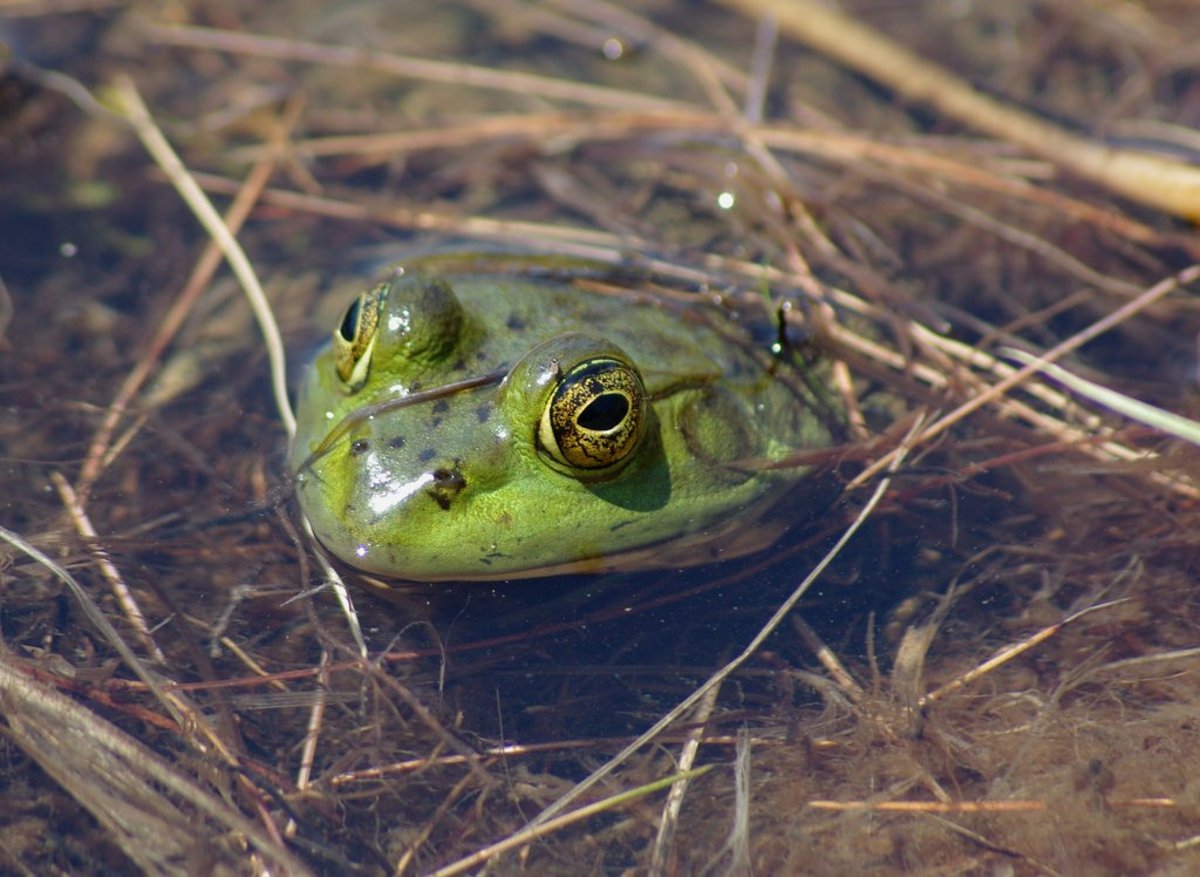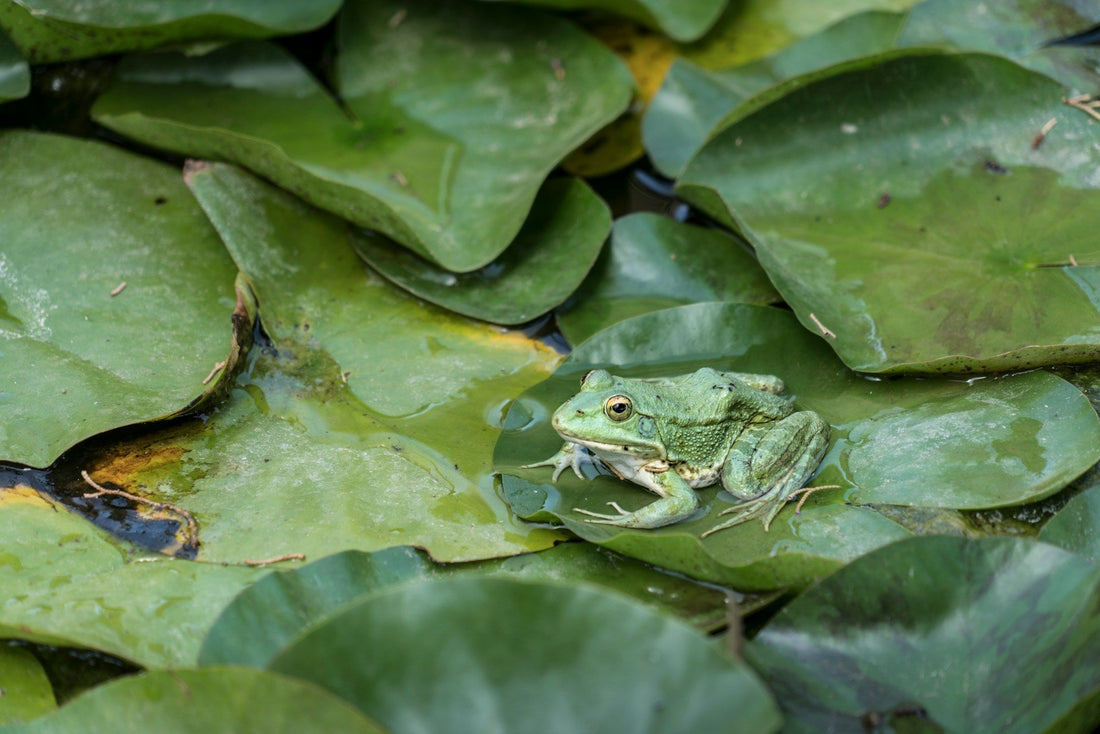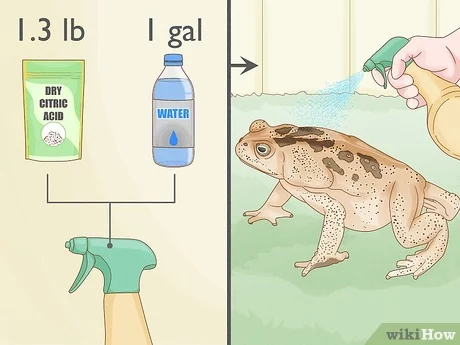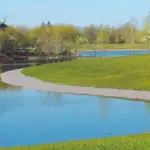Frogs are fascinating creatures that play an important role in the ecosystem. However, when their population becomes too large, they can cause problems for pond owners. If you are dealing with an overabundance of frogs in your pond and looking for ways to manage their numbers, this article will provide you with effective and humane methods to get rid of frogs in a pond.
1. Create a Frog-Friendly Environment
Before considering ways to get rid of frogs, it is essential to understand why they are attracted to your pond in the first place. Frogs are drawn to ponds that provide suitable habitats for breeding and feeding. By making your pond less appealing to frogs, you can naturally reduce their population.
- Keep vegetation trimmed: Frogs seek shelter in dense vegetation around ponds. By keeping the vegetation trimmed, you can discourage frogs from making your pond their home.
- Limit food sources: Frogs feed on insects and other small creatures. By reducing the insect population around your pond, you can make it less attractive to frogs.
- Install a fountain or aerator: Frogs prefer still water for breeding. Installing a fountain or aerator can disrupt the stagnant water and discourage frogs from laying eggs in your pond.
2. Use Physical Barriers
If you have a small pond and want to prevent frogs from entering, you can use physical barriers to keep them out. Here are some effective methods:
| Physical Barrier | Description |
|---|---|
| Frog Fence | Install a low fence around the perimeter of your pond to prevent frogs from entering. |
| Netting | Place netting over the pond surface to deter frogs from accessing the water. |

Credit: dengarden.com

Credit: www.livingwateraeration.com
3. Introduce Predators
Natural predators can help control the frog population in your pond. Consider introducing fish, such as koi or goldfish, that feed on frog eggs and tadpoles. Additionally, attracting birds that prey on frogs, such as herons or kingfishers, can also help reduce the frog population.
4. Use Repellents
There are several natural repellents that can deter frogs from your pond without causing harm to them. Here are some effective options:
- Citrus spray: Spraying a mixture of water and citrus juice around the pond can repel frogs due to the strong scent.
- Vinegar: Applying vinegar around the pond can create an unpleasant environment for frogs and discourage them from staying.
- Ammonia: Diluting ammonia with water and spraying it around the pond can deter frogs from entering the area.
5. Capture and Release
If you prefer a hands-on approach, you can capture frogs and release them into a suitable habitat away from your pond. Here are some tips for safely capturing and releasing frogs:
- Use a humane trap: Purchase or make a humane trap to catch frogs without harming them.
- Handle with care: When releasing frogs, handle them gently to avoid injuring them.
- Choose a new location: Release frogs in a habitat with suitable food and shelter to ensure their survival.
6. Seek Professional Help
If you have tried various methods to get rid of frogs in your pond but have not been successful, consider seeking help from a professional wildlife removal service. They can assess the situation and provide you with expert advice on managing the frog population in your pond.
Conclusion
Dealing with an overabundance of frogs in your pond can be challenging, but with the right strategies, you can effectively manage their numbers and create a balanced ecosystem. By creating a less hospitable environment for frogs, using physical barriers, introducing predators, utilizing repellents, capturing and releasing frogs, or seeking professional help, you can maintain a healthy pond while respecting the role of frogs in the ecosystem.
Remember that frogs are valuable members of the ecosystem, so it is essential to find humane ways to manage their population without causing harm to these fascinating creatures.





